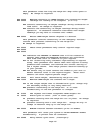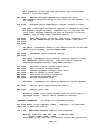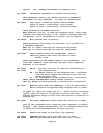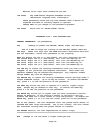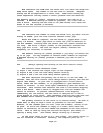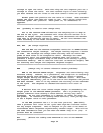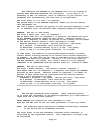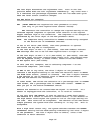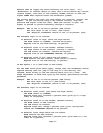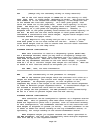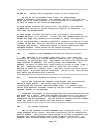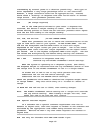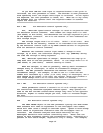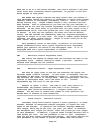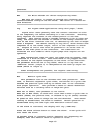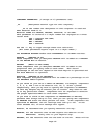Sensors that we supply are wired correctly for this logic. If a
"Bindicator" or similar device is used, with a micro-switch dry contact
closure signal, then wire to the normally CLOSED contact so that the
signal OPENS when regrind covers the bindicator paddle.
The circuit board "pin outs" for each sensor are positive, ground, and
signal. If you are wiring using a dry contact closure, only the
positive and signal lines are used. When the contact is open, the
signal is pulled to ground internally through a resistor.
Example: RHL is set to 90 and 10 percent (RHL 09010).
ROV last digit is set to zero, (ROV 10000).
The "Regrind" thumbwheel switch is set to 25 percent (025).
The Software logic is as follows:
If material level is high, above the high sensor,
the HIGH sensor is COVERED, (returns NO signal);
Regrind runs at the HIGH setting; 90 percent.
If material level is in the middle, between sensors,
the High sensor is NOT covered, (returns a signal),
the LOW sensor IS covered, (returns NO signal),
Regrind runs at the THUMBWHEEL SETTING; 25 percent.
If material level is low, below the low sensor,
BOTH sensors are NOT covered, (both return a signal),
Regrind runs at the LOW setting; 10 percent.
IF ROV equals 1 to 9 (ROV 10001 to ROV 10009):
All the same rules given above apply, except that the thumbwheel switch
regrind setting does not jump in one step to a new setting, but,
instead, moves slowly to the new setting which acts as a limit. The
usage adjustment is made each cycle by the amount specified by the ROV
parameter.
Example: RHL is set to 10 and 90 percent (RHL 09010).
ROV last digit is set to 3 (ROV 10003).
The "Regrind" thumbwheel switch is set to 25 percent (025).
The Software logic is as follows:
If material level rises, goes above the high sensor,
the HIGH sensor is COVERED,
Regrind usage will increase 3 percent each cycle up to a high
limit of 90 percent.
If material level is in the middle, between sensors,
the HIGH sensor is NOT covered,
the LOW sensor IS covered,
Regrind usage will change 3 percent each cycle, moving back
toward the THUMBWHEEL SETTING of 25 percent.
If material level drops below the low sensor,
BOTH sensors are NOT covered,
Regrind usage will decrease 3 percent each cycle down to a low
limit of 10 percent.
Page 57



